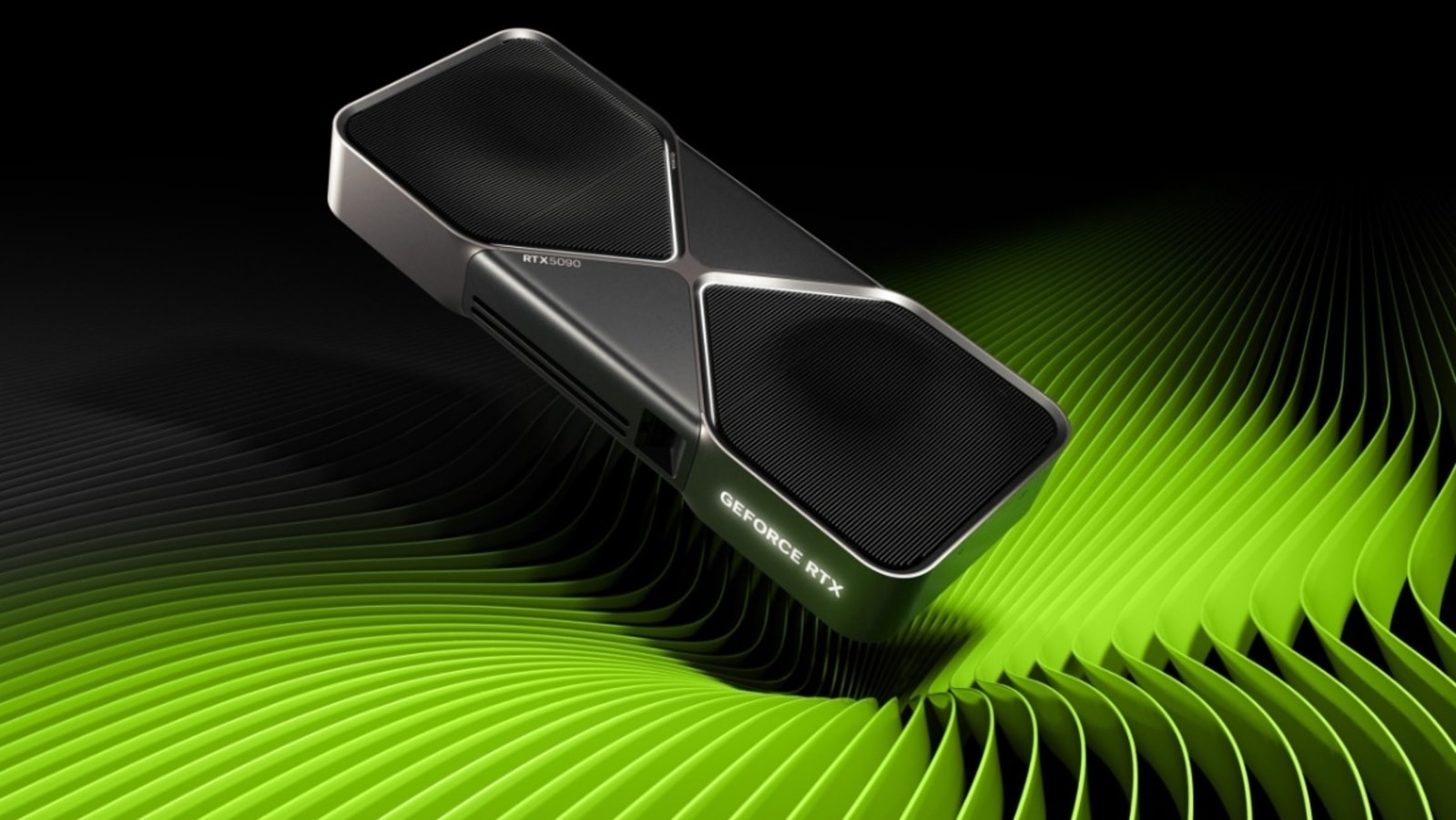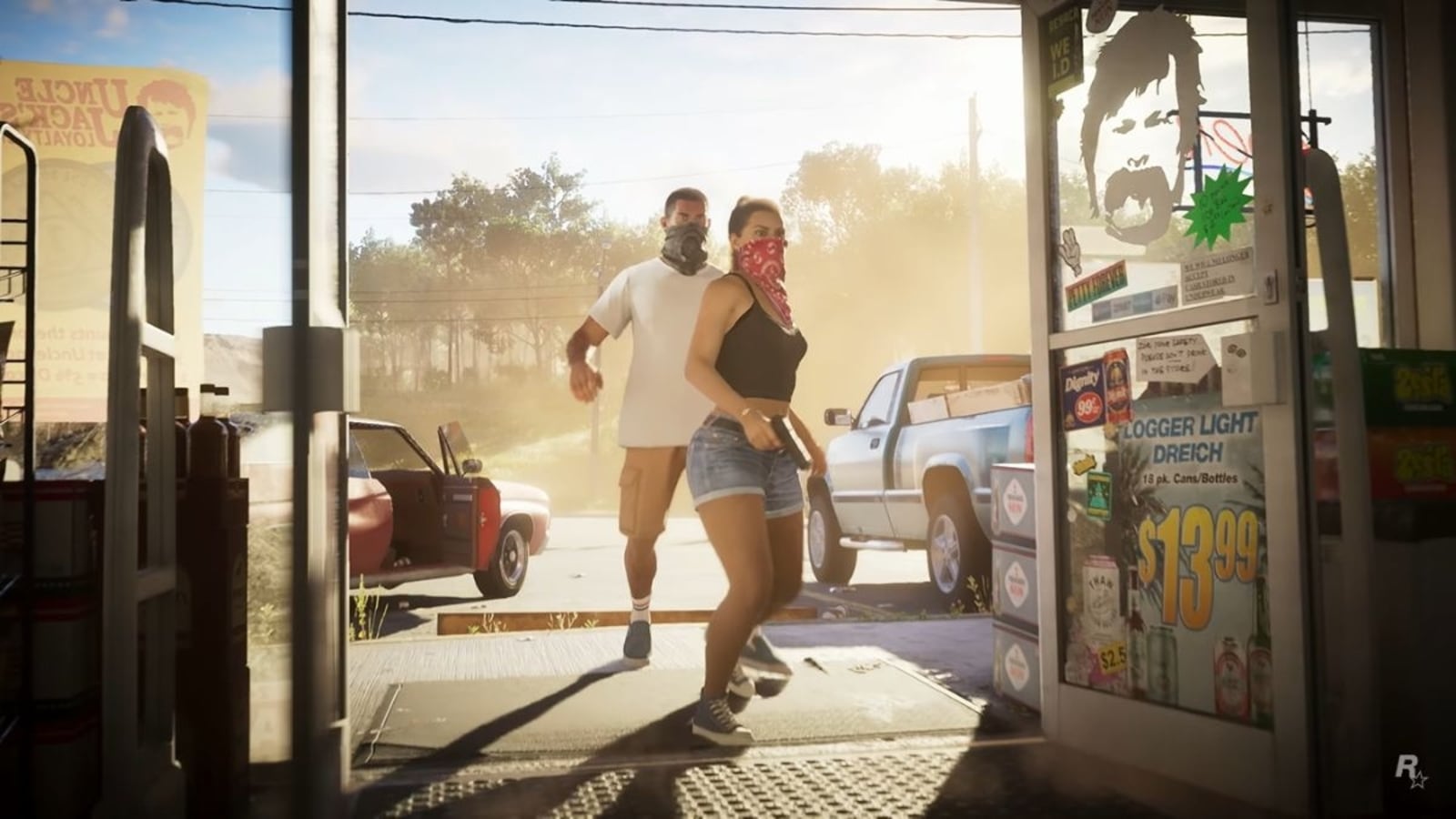Recent developments in spatial audio — albums old and new being mixed for immersive formats — have made news in the world of pop.
Given the right production process (in the studio) and tech setup (at home), headphone sounds no longer need feel so statically pressed to each ear; instead, they can seem to whiz around your head or beckon from the nape of your neck.
Or simply breathe anew. Whether you’re focusing on a stray slide-guitar accent in the Dolby Atmos mix of Taylor Swift’s “Mine (Taylor’s Version)” or appreciating the serrated details of brass-arrangement filigree in Frank Zappa’s vintage “Big Swifty,” the idea is to bring the souped-up, three-dimensional feel of large-speaker arrays into your ears.
But classical music was there decades ago. Deutsche Grammophon and the Philips label both experimented with “Quadraphonic” — or four-channel releases — in the 1970s. More recently, binaural recordings and mixes, designed to simulate that 3-D feel, have been a delight. Now, though, these and other spatial-production practices are enjoying deeper corporate investment, including head-tracking technology as a feature of Apple’s newest Beats headphones. (When you move your head while wearing these — with the tracking option enabled — sound-points seem to stay fixed in your 360-degree field, even if you swerve about.)
Head-tracking seemed largely pointless to me — even distracting — until I tried it with the new archival recording “Evenings at the Village Gate,” featuring John Coltrane and Eric Dolphy.
Hearing Dolphy’s bass clarinet in front of my face — in a way that remained stable, even when I shook my head in wonder at his playing — allowed me the fleeting sensation that I was sharing space with the legend. A neat trick, though not one more important than Dolphy or Coltrane’s playing on its own terms.
Around the time that recording was made, classical composers were bringing spatialized concepts into their creative practice. Even before the comparatively meek technology of two-channel stereo sound was standard in every home, Karlheinz Stockhausen and others were using more complex mixes for works involving electronics or taped elements.
There’s a reason Stockhausen is one of the cultural worthies on the cover of the Beatles’ “Sgt. Pepper’s Lonely Hearts Club Band”: The composer’s works, like “Gesang der Jünglinge,” from 1956, employed a five-speaker mix (including one on the ceiling). That made a lasting impression on Paul McCartney, who once described “Gesang” as his favorite “plick-plop” piece by Stockhausen.
Now, more traditional corners of the classical music world are getting in on spatial audio as well.
Leading conductors in the orchestral world — including Riccardo Muti and Esa-Pekka Salonen — have personally approved spatial audio mixes of their recent recordings, which have been released on Apple Music and its stand-alone classical streaming app. And, as with other genres, Apple has gathered playlists of spatialized remixes.
The regular players in classical music’s immersive cohort have meanwhile continued to ply their trade: Members of SWR Experimentalstudio came to the Time Spans Festival in New York this month, bringing surround-sound works by the Italian modernist Luigi Nono. And the American composer-saxophonist Anthony Braxton brought a new surround-sound concept, “Thunder Music,” to the Darmstadt Summer Course in Germany.
Those live performances were terrific. It’s a different story on recordings: After listening to a variety of Dolby Atmos mixes recently, I sensed that classical music’s more mainstream slate of spatial offerings remains a work in progress.
Somewhere in between was the Sonic Sphere, a realization of a spatial audio concept by Stockhausen, at the Shed in New York this summer. Its 124-speaker setup encircled about 200 listeners at a time. In early July, I heard a new mix of Steve Reich’s “Music for 18 Musicians” that suffered from muddy bass frequencies. This, unfortunately, also robbed the work of its chiseled, Minimalist grace; instead of following the bass clarinet lines, you just guessed that they were there. A sense of drama had been frittered away.
Similarly, some selections you can find in Apple Music’s “Classical in Spatial Audio” playlists seem poorly selected for the format. A recording of a profound solo work like Bach’s “The Well-Tempered Clavier” isn’t exactly crying out for the spatial treatment. But when it receives one — as in an otherwise pleasant recording by Fazil Say — it merely sounds like it’s had its reverb levels jacked to the sky. It’s more distracting than moving. Such extraneous mixes are also a poor advertisement for what Dolby Atmos can provide when applied to the right repertoire.
For a contrast, look to the opening work on the Chicago Symphony Orchestra’s recent album “Contemporary American Composers,” Jessie Montgomery’s “Hymn for Everyone.” That track is plenty inviting in its regular stereo mix; even as its singable opening motif is passed between sections, taking on new timbral colors, it never loses its openhearted sense of invitation. In the Dolby Atmos mix on Apple Music, that enveloping effect deepens. The spaces among bowed strings, brasses and percussion are wider. A centrally mixed pizzicato line takes on an even more dramatic, bridging role.
The orchestra’s audio engineer, Charlie Post, said in an interview that “contemporary music seems to lend itself particularly well for this.” And he related how, since joining the Chicago Symphony in 2014, he’s been “future-proofing” sessions by recording with more microphones than are strictly necessary for radio broadcast or archival purposes. Now, when a format like Dolby Atmos comes into play, the ensemble is ready with a robust audio-capture program — think of it as a highly detailed orchestral data set — from each performance.
After working with the producer David Frost and the spatial-mixing expert Silas Brown, Post is then required to get the sign-off from Riccardo Muti, the Chicago Symphony’s music director. Post recalled that when the conductor, wearing Sennheiser headphones, heard a binaural rendering of the 2018 album “Italian Masterworks,” he counted himself impressed — and gave the ensemble’s spatial-audio team his blessing to do more in this realm.
“He thought it was more wide and pleasing to him,” Post said. “So that was a great thumbs-up to get.”
At the San Francisco Symphony, Salonen has been equally enthusiastic — and even more hands on — with engineers as he plots coming performances and releases.
“We have a very, very good team, so they don’t need any kind of mothering,” he said in a video interview. “But I’m just fascinated by the process myself, because it’s a new kind of mixing. When you position sound objects in 360 space, it becomes like a superfun computer game — very entertaining. And there are some musical artistic gains which are not gimmicky. It doesn’t have to be technology for the sake of technology; there can be an expressive purpose.”
That much is clear in Salonen’s recent San Francisco recordings of music by Gyorgy Ligeti, several of which now exist as Dolby Atmos-enabled singles. (A take on Ligeti’s “Lux Aeterna,” which Stanley Kubrick famously used in “2001: A Space Odyssey,” is also available on YouTube in a binaural, headphone-optimized version.)
In Ligeti’s “Ramifications” — a piece that requires different orchestral groups to play in microtonally different tunings — the Dolby Atmos mix brings across the peculiar differences. Eerie, branching strings are easier to locate and appreciate, smeared across a wide soundstage; the chattering climax has fresh force.
Salonen, who has been interested in blending technology with the traditional orchestra, both as a conductor and as a composer, thought about which Dolby Atmos recordings he would like to see. Thinking about Stockhausen’s “Gesang der Jünglinge,” he said, “I would buy that!”
In an email, Kathinka Pasveer, Stockhausen’s longtime companion and collaborator, said that there were no plans to remix the Stockhausen Verlag catalog. The market, she added, is currently too small.
Apple’s market share could change that. But for now, there are other distributors of cutting-edge spatial audio compositions.
The composer Natasha Barrett’s recent album “Leap Seconds” — perhaps the most vivid spatial-audio work I’ve encountered in the past decade — comes with a headphones-only binaural mix when bought from the Sargasso label. And the British label All That Dust has been releasing binaural mixes of albums on its Bandcamp page.
This year, the best spatial audio purchase I’ve made was an All That Dust download of Stockhausen’s “Kontakte” for piano, percussion and electronic sounds. That may not be as newsworthy as the latest buzzy technology, but neither is it as expensive.
The week I visited the Shed, tickets for the Reich show started at $46, for a concert that amounted to an hourlong playback session. But my “Kontakte” recording was something of a corrective: just 5 pounds ($6.37). With that binaural release and ones like it, you don’t need to be hustled into hyped equipment from Apple. Anyone with solid over-ear headphones — as with the Sennheiser line that Muti used in Chicago — can experience this magic.

























